Retro Replay Review
Gameplay
Sabre Team’s core gameplay is built around a classic turn-based tactical simulation that demands careful planning and quick adaptation. At the outset of each mission you assemble a quartet of elite soldiers from an eight-strong roster, considering each operative’s unique skill set and loadout preferences. The choices you make in weapon selection are crucial, since firearms vary in weight and noise output—factors that directly impact stealth potential and mobility.
Once the mission begins, every soldier is limited by a pool of action points that govern movement, firing, reloading, and other actions. Balancing these points between advancing carefully, taking accurate shots, or ducking for cover creates a constant tension: do you push forward aggressively and risk alerting enemy patrols, or do you creep through shadows and risk losing precious time? Terrain and line-of-sight play a major role, encouraging you to flank enemies or hold defensible choke points.
The five missions on offer gradually ramp up in complexity, from smaller hostage extractions to multi-building assaults under time pressure. Early objectives may allow a stealth approach, but later scenarios often force you into all-out firefights as reinforcements arrive. Encounter variety—from narrow hallway ambushes to open courtyards patrolled by snipers—keeps the tactical demands fresh throughout.
Sabre Team’s interface presents an isometric map with a dynamic compass indicator showing both your intended movement direction and the origin of enemy fire. While the UI can feel dense for newcomers, tooltips and context-sensitive help ease the learning curve. Overall, the blend of loadout strategy, action-point management, and map awareness creates a satisfying puzzle for fans of methodical, high-stakes engagements.
Graphics
The game’s isometric viewpoint gives you a clear aerial perspective on each mission area, from blocky urban compounds to warehouse interiors. Textures and color palettes lean toward the muted greys and browns of realistic military environments, lending authenticity to every corridor and courtyard. Shadows and lighting are handled well, with flashbangs and muzzle flashes briefly illuminating dark corners with convincing glow effects.
Character models are rendered as detailed 2D sprites with smooth animation for walking, firing, and reloading. You can actually see muzzle recoil and shell casings ejecting, which adds polish to each firefight. Enemy soldiers and civilian hostiles sport distinct silhouettes, making target identification intuitive even in the heat of battle.
Environmental effects—such as smoke grenades, bullet impacts on walls, and destructible cover—enhance immersion by showing tangible results of your tactics. Impact decals remain on walls long enough to map out your previous firefights, while blood spatter and debris remind you of the stakes. The compass overlay and movement grid integrate seamlessly with these visuals, giving crucial spatial feedback without cluttering the screen.
While Sabre Team doesn’t push the boundaries of graphical fidelity, it opts instead for clear, functional visuals that serve its strategic focus. The modest hardware requirements mean it runs smoothly even on mid-range systems, ensuring frame rate consistency during intense firefights—a vital feature when every turn can decide life or death.
Story
At its heart, Sabre Team places you in command of an elite four-person squad charged with executing some of the most dangerous hostage-rescue and building-storming missions in a Western-led coalition. Although the narrative is straightforward—a series of escalating crisis scenarios—it provides just enough context to heighten tension and emotional stakes. Briefings at the start of each mission outline objectives, known enemy placements, and any civilian considerations.
Dialogue is delivered through concise text logs and occasional voiceover snippets, painting a picture of an increasingly desperate conflict. While individual character backstories are not deeply explored in-game, each operative carries a personal dossier listing prior deployments, specialties (such as breaching or sniper cover), and any previous mission accolades. These small details help foster a degree of attachment as you carefully shepherd them through firefights.
The dramatic pacing of each mission briefing—complete with satellite images, floor plans, and risk assessments—builds anticipation before you even set foot inside a compound. Mission aftermath reports then debrief you on casualties, rescued hostages, and equipment expended, giving a satisfying sense of progression and consequence that ties your tactical decisions back to the broader war effort.
Though the storyline doesn’t feature branching dialogues or moral dilemmas, it excels at providing a lean, mission-driven narrative framework. Your sense of purpose comes from knowing that each suppressed alarm or successful extraction has real impact on innocent lives, making every decision carry weight beyond mere strategic necessity.
Overall Experience
Sabre Team succeeds in delivering a tight, focused turn-based tactical experience that rewards careful planning and situational awareness. The interplay of weapon noise, action-point budgeting, and destructible environments creates a multilayered challenge that remains engaging throughout all five missions. Despite its modest length, each scenario feels purposeful and distinct enough to justify replay attempts using different squad compositions.
The learning curve can be steep, particularly for players new to grid-based strategy games. However, the game’s intuitive isometric interface and clear visual feedback smooth the transition from tutorial to full deployment. There’s a satisfying tension in every move: do you risk sprinting across an open courtyard or inch forward behind cover, hoping the enemy won’t spot you?
Visually and aurally, Sabre Team strikes a solid middle ground—nothing flashy, but consistently serviceable. Occasional graphical repetition in indoor environments is offset by responsive controls and polished effects that ensure the tactical flow never falters. Sound design, from distant gunfire to the distinct “click” of an empty magazine, reinforces immersion without distracting from core gameplay.
For strategy enthusiasts who relish methodical firefights, weapon management, and the thrill of a well-executed ambush, Sabre Team offers a compelling package. Its blend of loadout customization, action-point tactics, and mission-driven narrative makes it a worthwhile pick for anyone seeking a challenging, no-frills military simulation.
 Retro Replay Retro Replay gaming reviews, news, emulation, geek stuff and more!
Retro Replay Retro Replay gaming reviews, news, emulation, geek stuff and more!
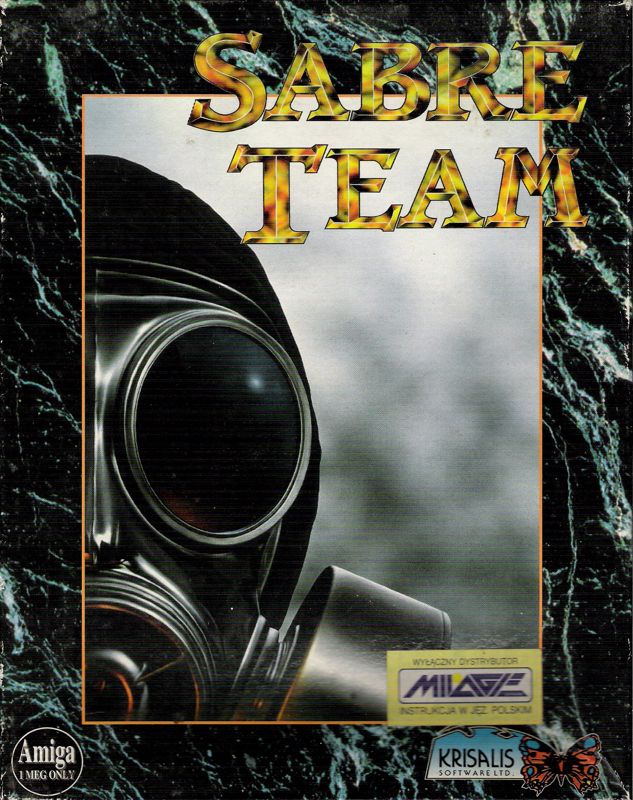
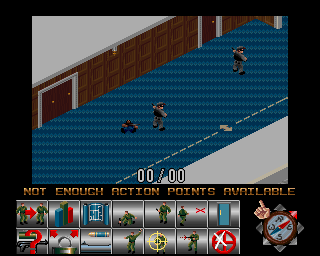
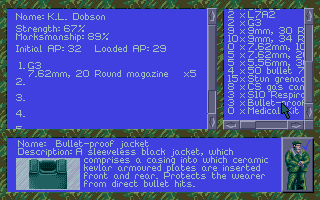
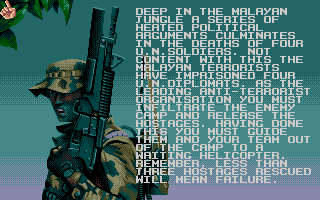
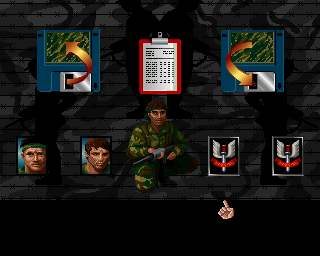
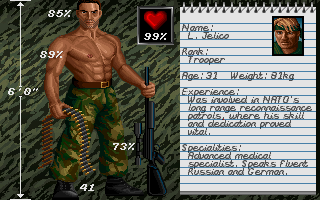



Reviews
There are no reviews yet.